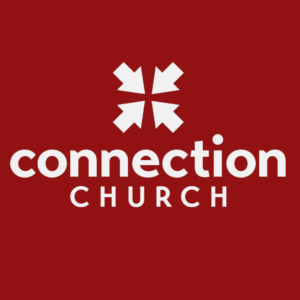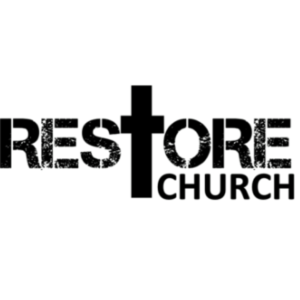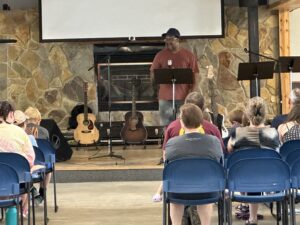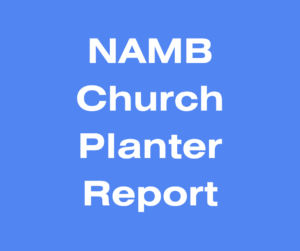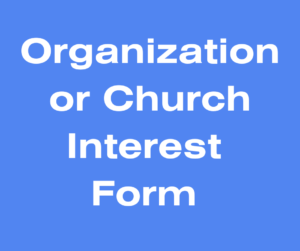Church Planting
Planting churches to make disciples of Jesus across the Dakotas.
Ways to Get Involved in DBC Church Planting
If we are going to reach the Dakotas, and beyond, with the Good News about Jesus Christ, we must all play our part! There are two things to keep in mind about every local church:
- One size does not fit all, and,
- One church cannot win them all
It will take all of us cooperating with each other to bring the wonderful Good News about Jesus’ love and mercy to the people of the Dakotas. As an individual, you can be a part of sharing this wonderful news with others. And as part of a Dakota Baptist Convention church, you can make an even larger contribution toward reaching across the Dakotas with the love of Jesus. This quote from Peter Wagner, a church missiologist, is true:
“Planting new churches is THE most effective evangelist methodology known under heaven.”
So how can you and your church be involved in church planting? Here are 14 different ways you can be a dynamic part of spreading the Good News:
Dakota Baptist Convention Church Planting Process
We believe that churches plant churches.
This is the process for multiplying churches to plant churches in the Dakotas:
b. Receive a plan from the church on a timeline and a ministry plan for that location.
c. If requested the DBC will meet with the sending organization to determine next steps.
d. Potential planters that are in the pipeline will be discussed with the sending organization, once the plan is received.
e. Discuss with Sending organization expectations from the Sending Organization and the DBC.
f. If NAMB funding is requested then once the Candidate is chosen then the individual will enter into the process with NAMB (process with application and assessment is approximately 6-9 months).
g. Once the candidate goes through the NAMB process and receives the letter with an official start date, then and only then do we recognize that person as a Church Planter in the Dakota Baptist Convention.
3. If the potential planter contacts the Dakota Baptist Convention, then we will contact the potential planter with a phone call to determine the interest of how GOD is leading him to the Dakota’s. If it is determined that the person is ready for the next steps, then the following will take place:
Church Planter Covenant
Here is the document for those who have already gone through the NAMB process, been approved and have been asked to complete a covenant with the Dakota Baptist Convention.

